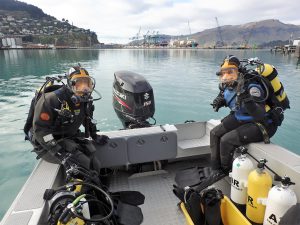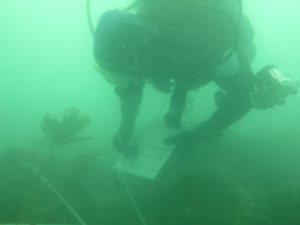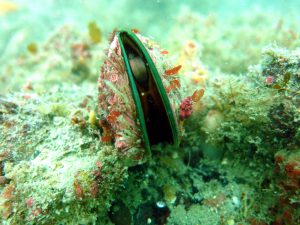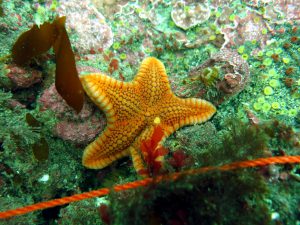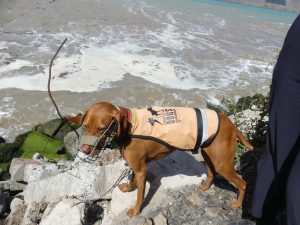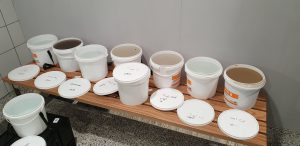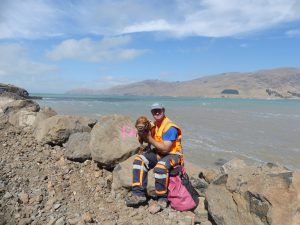Environmental Management
Whakaraupō/Lyttelton Harbour is recognised for it’s environmental, recreational and cultural significance. LPC understands the importance of environmental protection and we work co-operatively with other users of the harbour area to ensure this valued local environment is well cared for. As well as complying with relevant environmental legislation, LPC works to proactively minimise and mitigate any negative environmental impacts of our business.
Our environmental management system (EMS) is being developed in accordance with AS/NZ ISO 14001:2015 and we have joined the Toitū enviromark certification programme, indicating the ongoing commitment of LPC to continuous environmental improvement.
Water Quality
Maintaining good water quality is one of the key ways LPC can contribute to improving the health of the harbour. We are constantly upgrading our stormwater systems by installing different types of treatment devices such as rain gardens, Hynds First Defenders and Vortex 360s to reduce contaminant input from stormwater runoff. Our Lamella Plant treats coal-laden stormwater from our coal yard before discharging into the harbour at Te Awapahari Bay.
Air Quality
LPC have air discharge consents in place for port operations that have the potential to create dust including from our coal yard, quarry activities, reclamation works and dry bulk cargo handling. We maintain a network of fourteen dust deposition gauges both within and beyond the Port boundary to monitor dust discharges. Dust management plans and procedures are in place which set out the management controls for controlling dust, including the use of sprinkler systems and water trucks in our coal and log yards.
White-flippered Penguins
Seawalls and rock revetments at LPC provide habitat for white flippered penguins (WFP) who use these areas for nesting and moulting. WFP are protected under the Wildlife Act 1953 and are listed as an At Risk, Declining species. To ensure that port operations and construction activities do not impact on their habitat, LPC engages the Kaikoura Ocean Research Institute (KORI) to undertake bi-annual surveys to locate and identify penguin hotspots. Click here to read more about KORI’s Conservation Dog Mena and how she sniffs out and safely locates penguins.
Marine Ecology
The Cawthron Institute regularly undertakes dive surveys and sediment sampling of the intertidal, subtidal and benthic zones. This work helps us better understand our local marine environment and to ensure our resource consent requirements are complied with, and that port operations are managed so we have a healthy harbour.
Archaeology
There are 60 pre-1900 archaeological sites within the boundaries of the Port. These sites are evidence of both Māori and European activity in the area. LPC operates under a Global Archaeology Authority issued by Heritage New Zealand which allows for the modification of archaeological sites.
Dredging and Other Monitoring
For information about our environmental management and monitoring associated with our dredging and development programmes, click here.
For environmental questions and enquiries, please contact the LPC Environmental Team: environment@lpc.co.nz or call 03 328 7828.
